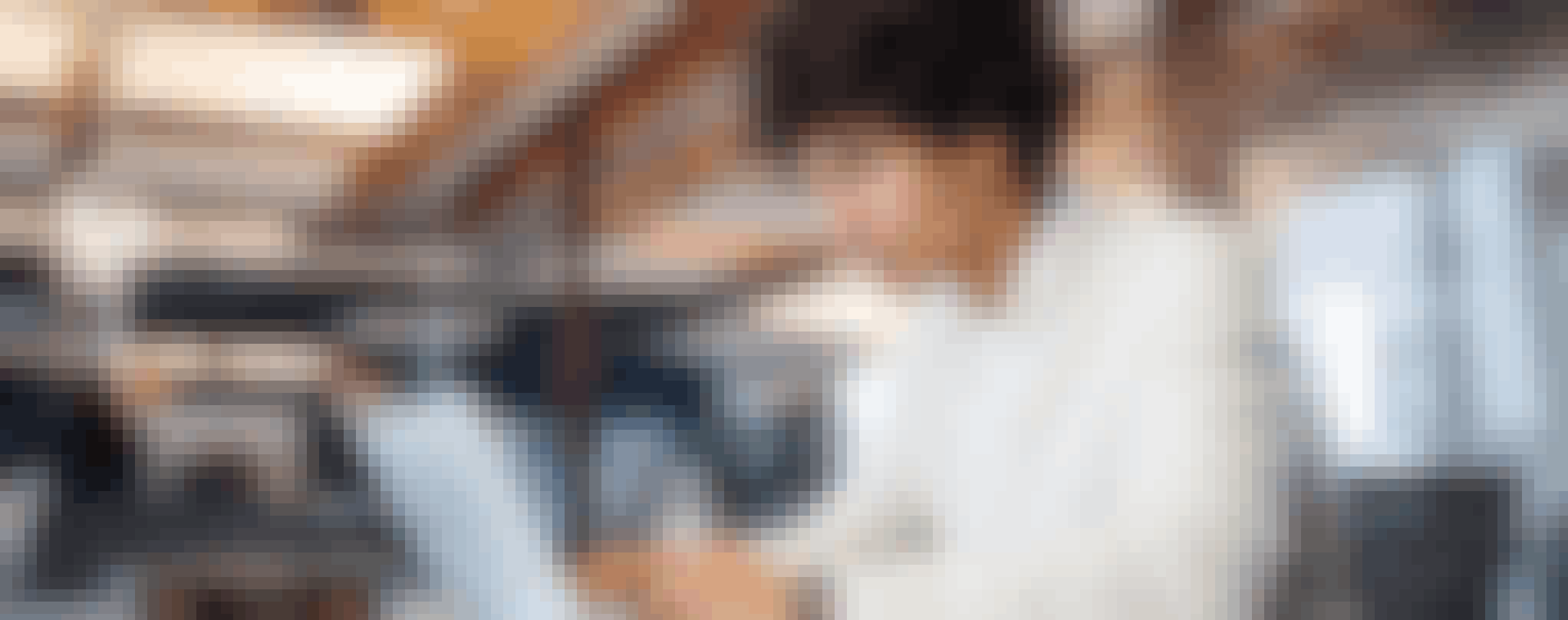This specialization studies spacecraft relative orbits. This is of interest to mission scenarios including rendezvous and docking, inspection circumnavigation trajectories, on orbit assembly, space debris mitigation, or interferometric science applications in space. It assumes the learner has already had a complete course on orbital mechanics of a single spacecraft including solutions to the 2-body problem, solving time of flight problems, and understanding J2-perturbations on a spacecraft, as well as how to develop relative orbit feedback control solutions. The specialization is of interest to researchers who need to learn the fundamentals of deriving relative equations of motion about circular, elliptical or even hyperbolic reference orbits. Both nonlinear and linearized relative orbit descriptions are explored and compared, including curvilinear Cartesian coordinates and orbit element differences. Analytical relative motion solutions are developed to understand fundamental relative motion prototypes. Next, the impact of the J2 perturbation is explored for the relative motion, including how to develop J2-invariant relative orbits. Finally, nonlinear relative motion feedback control laws are developed to actively control the relative motion. The specialization targets learners interested in rendezvous and docking, orbital servicing, or developing relative orbit missions.
Applied Learning Project
The learner will learn how to design, model and control relative orbit trajectories suitable for a range of mission scenarios. The Specialization concludes with a capstone project where learners will apply their knowledge to investigate having a servicer spacecraft approach a tumbling space debris object.












